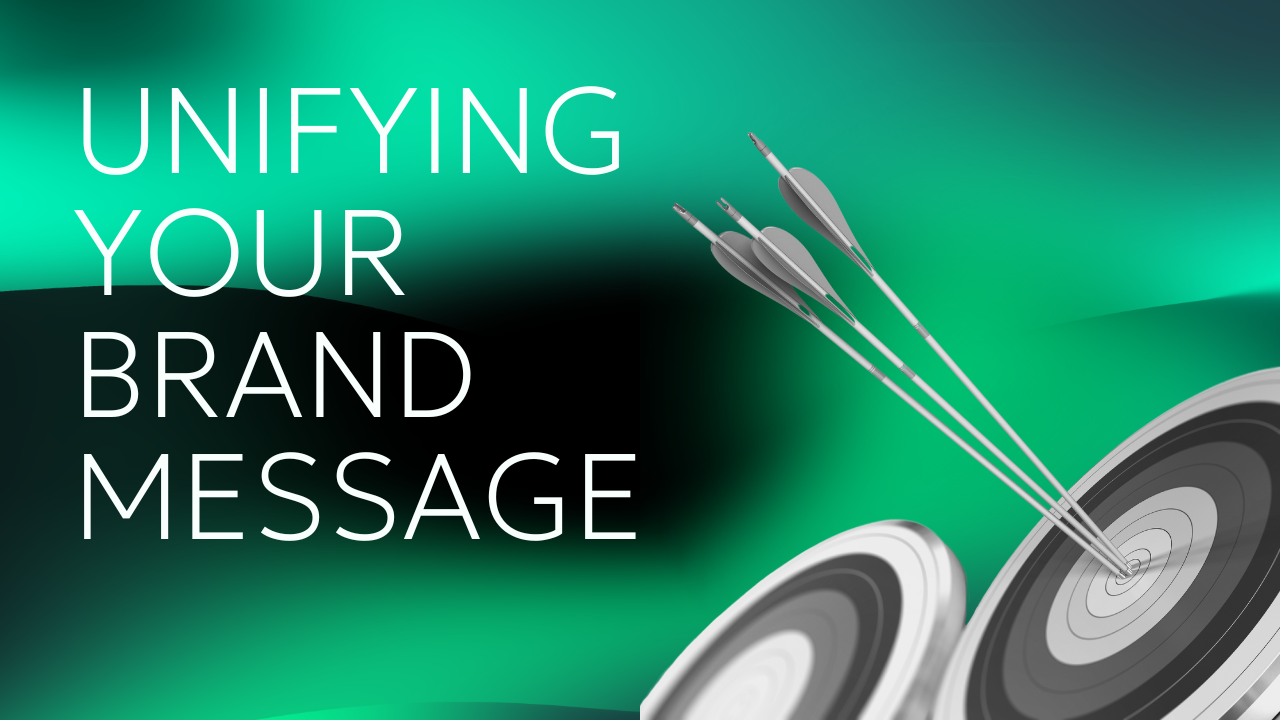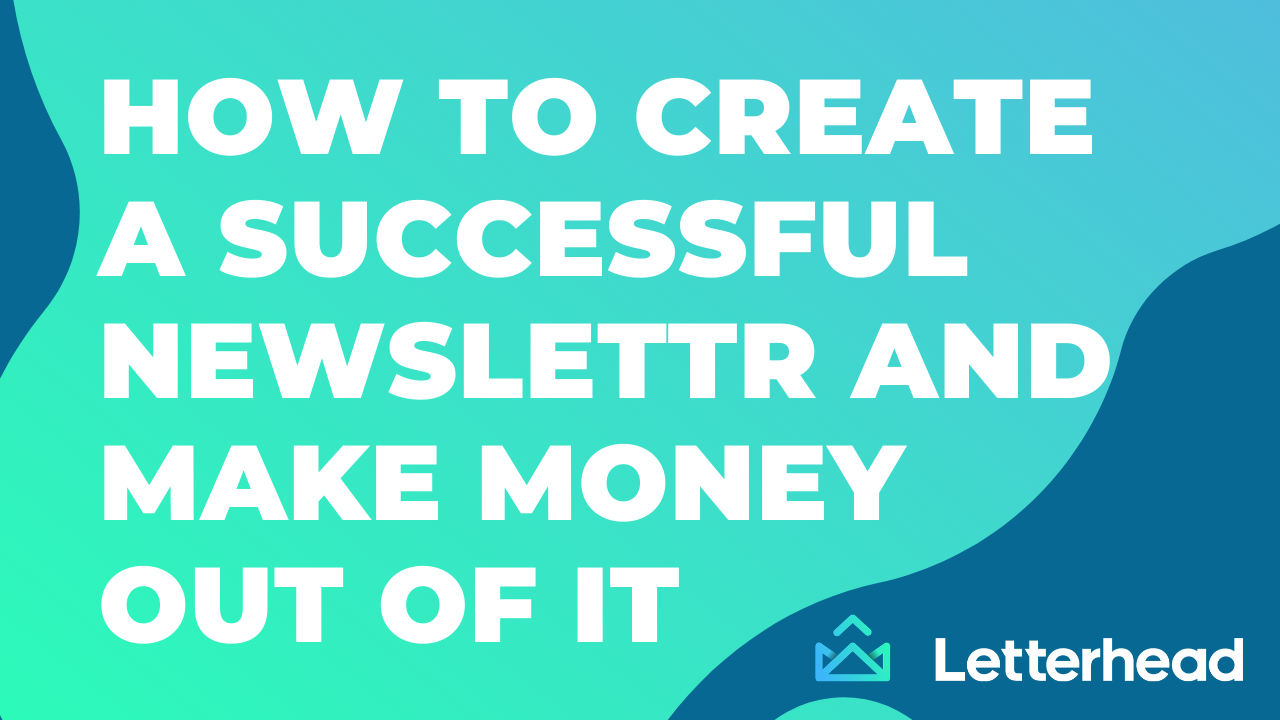Companies of all sizes rightly obsess over the customer journey. From a single-person operation to billion-dollar corporations, nailing the customer journey means massive revenue.
Customer journeys often follow this rough process:
- Awareness - Prospects first begin to hear about you.
- Consideration - Potential customers begin to consider you as a solution. For many businesses, this involves interacting with a sales team.
- Purchase - You already get this one.
- Retention - Keeping your customer happy. If you have a subscription business, your job is to keep them paying each month. Otherwise, it’s about getting them to purchase your product again (if possible) or purchase other products.
- Advocacy - This (generally) comes after some time has passed since they became customers, and they’re so delighted that they recommend your brand elsewhere.
Optimizing each of these steps is paramount. Generating more leads is expensive, and expanding lead generation can often result in lower-quality leads.
You’ve heard the adage that it’s cheaper to keep a current customer than to find a new one—in fact, it can 5 times cheaper.
That applies whether you’re retaining a current customer or converting leads already in your funnel at a higher rate.
That’s where a solid newsletter comes in.
How Newsletters Fit into the Customer Journey
Email newsletters can help at just about every step of the customer journey, but first, let’s talk about what an effective newsletter looks like.
What Does a Good Email Newsletter Look Like?
A newsletter that pushes your leads through the customer journey should be:
- Content-Driven - Focus on providing industry-specific content that’s interesting and useful. If you sell software to real estate agents, share content about the housing market. Here are 58 ideas to get you started.
- Self-Contained - While you can have links to other pieces of content, many of the best newsletters provide tremendous value without requiring to click out. Consider Beehiiv’s newsletter Content Creator. They interview other newsletter owners each week and link to a YouTube video. However, most of the highlights are in the email itself. Newsletter subscribers often like to stay in their inbox, so providing value without clicking is important.
- Non-Pushy - Of course you want to sell. However, that’s not the explicit purpose of a newsletter. You should have other emails that sell (more on that later), but your newsletter is purely for long-term engagement and awareness…which often leads to sales.
- Not Self-Serving - This is beginning to change, but most company newsletters are more about company updates. People aren’t that interested in new product updates, employee spotlights, or a community service project that you did. Keep that to a minimum.
Now that we’ve cleared that up, let’s talk more about how an effective email newsletter can help convert at each stage of the customer journey.
Email Newsletters to Increase Awareness
Newsletters are tremendous for creating awareness because they’re almost certainly going to have more widespread appeal than your product.
For example, let’s say that you sell a business intelligence product powered by AI. Currently, your main source of leads are people schedule a demo.
Those leads are obviously incredible and could be worth hundreds of dollars apiece, but you’d still be missing out on a way to widen the mouth of your marketing funnel.
Now, you add a twice-weekly newsletter that focuses on how to use AI for business. With their being broad appeal for AI content, plus a much lower commitment level than scheduling a demo, you could easily create a large audience for this.
Now, you’ve added a low-cost, high-value channel that raises awareness for your brand.
Sure, you should still do things like:
- Spend money on advertising
- Post on social media
- Create top-notch blog posts and other content
- Collaborate with influencers
But, now you also get send a newsletter straight to their email inbox that likely gets 40%+ of them to open and read
Email Newsletters To Increase Consideration
Of course, your newsletter won’t be reading purely promotional material. Those subscribers aren’t going to be experts on your product.
But, you’re building something potentially more powerful.
You’re establishing yourself as credible and trustworthy. When they’re ready for AI-powered business intelligence, they’re going to come to you. You might even convince them, over time, that they need AI-powered business intelligence in the first place.
If they’re reading your newsletter consistently, there’s a good chance they’ll want to know more about what you do. They’ll visit your website. They’ll stop scrolling when they see your Facebook ad.
Email Newsletters to Increase Purchases
We promised earlier to talk about the role of regular (pushier) email marketing in your customer journey.
Well, email is still one of the best ways to convert leads to sales. The oft-cited statistic is that email produces around $40 per $1 spent—the highest ratio of any marketing channel.
When you have a lead that requests a demo, you should send them emails that push them towards the sale. That lead is asking for that material at that moment. You know this—this type of email has been used since the beginning.
So, while newsletters don’t have that same role, they can certainly still help with sales.
If you have a sales funnel, your newsletter can still actively push people towards it. As long as you keep most of your content engaging and interesting, your subscribers will forgive the occasional pitch.
Most newsletters are ad-supported, so why not stick an ad in their for your own product?
Or, if you have a product that doesn’t need much of a sales cycle (like selling a book), you can stick links to buy directly in your newsletter.
Alex Mathers of Untethered Mind sells his products at the bottom of every newsletter:
Email Newsletters to Increase Retention
Your next goal in the customer journey is to keep your current customers happy. Whether it’s to keep them loving your subscription product, purchasing the same product again (if applicable), or purchasing other products you have, a newsletter can get you there.
In a way, you’re back to the awareness stage again—at least in how your newsletter helps. Since your newsletter’s main goal isn’t conversion (it’s engagement), your current customers can still enjoy the content you send out.
You’re still top of mind. You’re still showing your expertise over and over again. You’re solidifying your reputation and their choice to buy from you.
In other words, just keep doing what you’re doing with your newsletter, and retention will improve.
Email Newsletters to Increase Advocacy
If your customers love you, they’ll naturally want to share with others the greatness they’ve found with you.
One of the easiest ways this shows up is by your subscribers sharing your newsletter. In fact, many of your subscribers who aren’t even customers will do this for you! This creates many, many more potential advocates.
Readers who love your newsletter will often forward it to family and friends.
However, the best way to increase advocacy is through a referral program. Many huge newsletters can contribute much of their growth to offering simple prizes like shirts and stickers to readers who get others to subscribe.
According to The Flyy, The Hustle got 300k subscribers through their referral program, Morning Brew got 1 million, and TheSkimm got a hefty 3 million new readers!
Now, those new subscribers are starting back in the awareness portion of your customer journey, but you’ve added them for very cheap.
The Newsette has a link to their referral program at the bottom of their emails:
When you click, you’re taken to this page:
It doesn’t cost their company much at all to acquire new subscribers—in fact, we can see that for 5 new subscribers, they’re willing to give out a $10 gift card. The other options are even less expensive, so their cost per new subscriber, overall, is certainly less than $2 (perhaps even $1) with their referral program.
How to Fit Multiple Newsletters into the Customer Journey
If you’re running multiple newsletters—or plan to in the future—they can potentially feed off each other to increase awareness.
The easiest strategy is to simply encourage one newsletter’s list to subscribe to your other newsletter(s).
The Hustle mentions their other newsletters in their footer:
Here’s Forbes Daily using their massive newsletter to help grow an audience for their fledgling newsletter, The Prototype:
This strategy, of course, works best when you have newsletters that complement each other. If you have one newsletter about dog walking, there might not be a ton of overlap promoting a newsletter for video games.
Either way, running a single newsletter is challenging, but running several requires incredible organization, efficiency, and data presentation.
At Letterhead, we designed our software to help us manage dozens of newsletters run to distinct audiences. We know what you need to manage multiple newsletters without burning out.
Schedule a quick chat with us today and we’ll show you how it’s possible.


